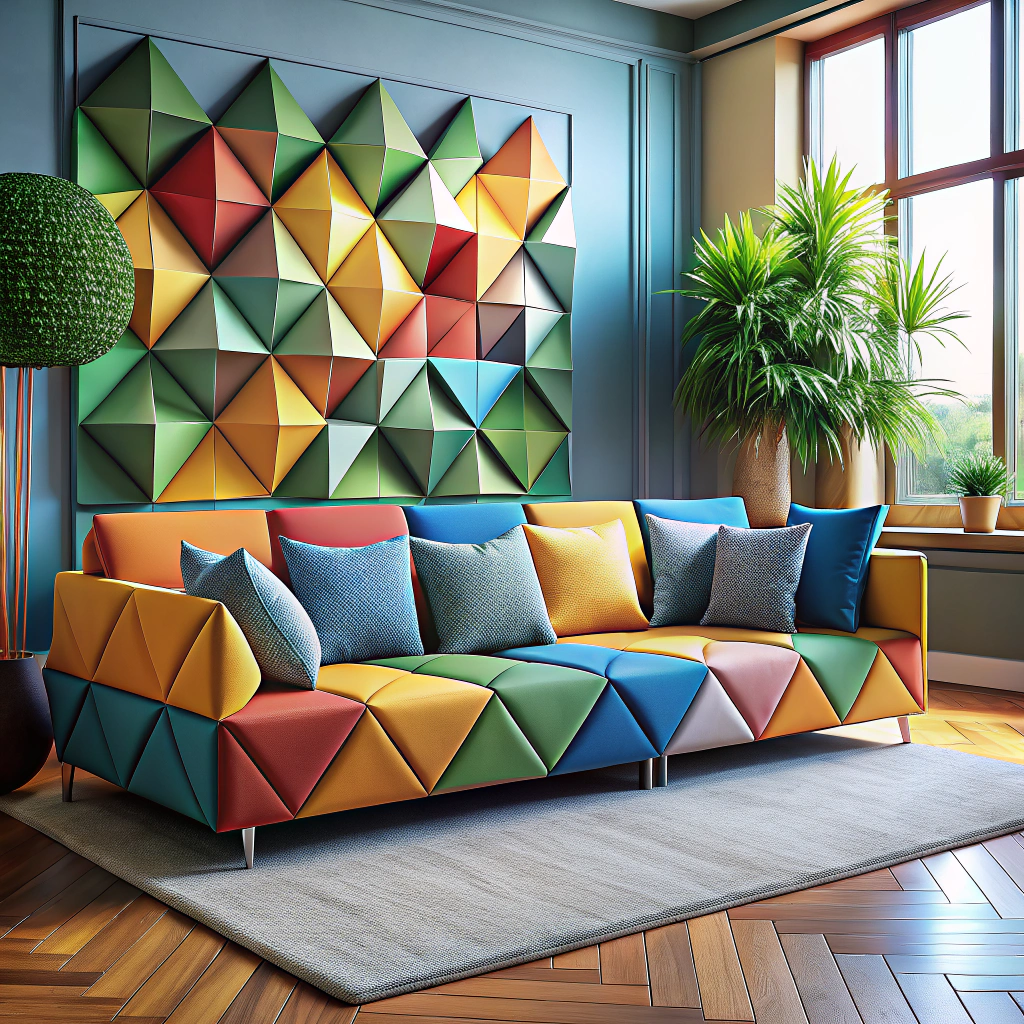Last updated on
Immerse yourself in this comprehensive guide to utilizing Figma UI components, because it will elevate your design prowess and bring your creative visions to life.
Key takeaways:
- Figma Blog offers best practices, tutorials, and design thought leadership.
- FigJam is an online whiteboard for real-time collaboration.
- FigJam integrates AI for smart recognition and design suggestions.
- Shishir Mehrotra emphasizes user-centric design and innovation through collaboration.
- Recent Figma updates include enhancements to Variants and Auto Layout.
Table of Contents
Overview of Figma Blog

Figma Blog serves as a central hub for design enthusiasts and professionals using Figma’s interface design tools. It offers a wealth of resources and updates, including:
- Best practices: Articles detailing strategies to optimize the use of Figma’s features for design projects.
- Community stories: Success cases and interviews with designers showcasing the diverse applications of Figma in different industries.
- Product updates: Timely information about the latest enhancements and new features added to Figma and FigJam.
- Tutorials: Step-by-step guides to educate users on specific tools and methodologies within the Figma ecosystem.
- Design thought leadership: Contributions from leading figures in the design world, discussing trends and sharing insights.
- Events and webinars: Announcements for opportunities to learn from and engage with experts during online and in-person events.
By covering these topics, Figma Blog not only enhances users’ understanding of the platform but also fosters a sense of community around the shared pursuit of design excellence.
Understanding FigJam

FigJam serves as an online whiteboard tailored to enhance teamwork and brainstorming sessions.
Enabling real-time collaboration, it allows team members to share ideas seamlessly through a digital canvas.
Participants can contribute using sticky notes, diagrams, and drawing tools, mirroring the interactivity of in-person workshops.
Its user-friendly interface ensures accessibility for professionals across various disciplines, not just designers.
Integration with Figma’s main platform streamlines transferring concepts into tangible designs, fostering a cohesive design and ideation process.
As a testament to its versatility, FigJam supports various templates for different use cases, such as flowcharts, mind maps, and even mood boards, catering to a wide array of project needs.
AI Integration in FigJam
FigJam’s integration with artificial intelligence marks a significant advancement in streamlining the design process. AI tools within FigJam can analyze and interpret user inputs, making it easier to translate rough ideas into more polished concepts.
For example, a quick sketch can be transformed into a neat vector shape through smart recognition features.
Additionally, AI can suggest design elements based on the context of your work, like color palettes or typography, which enhances creativity without encroaching on the designer’s autonomy.
This seamless blend of AI assistance encourages collaboration as it allows team members to focus on refining design elements while the software automates the more rudimentary tasks.
Moreover, the use AI in FigJam helps in maintaining design consistency. It can assist in enforcing brand guidelines by suggesting adjustments that align with predefined standards, ensuring that every piece of design work adheres to the cohesive identity of a project or brand.
These AI capabilities not only promise to elevate the quality of designs but also aim to reduce the time taken from ideation to the final product, fostering an environment for designers to work more efficiently and innovatively.
Shishir Mehrotra’s Leadership Insights
Shishir Mehrotra, with his extensive background at YouTube and Google, imparts a wealth of knowledge on leadership within the tech industry. His insights emphasize the importance of user-centric design and iterative processes, key philosophies that Figma users benefit from as the platform evolves.
- Empowering Teams: Under Mehrotra’s guidance, there’s a strong belief in empowering design teams to work autonomously while maintaining alignment with organizational goals.
- Innovation Through Collaboration: Stressing on Figma’s collaborative nature, Mehrotra champions the idea that the best products are born from diverse teams working together seamlessly.
- Continuous Learning: He advocates for a culture of continuous learning and adaptability, which is mirrored in Figma’s regular updates and responsive product improvements.
- Customer Feedback: Critical to leadership, according to Mehrotra, is the relentless focus on customer feedback, which ensures Figma stays ahead in addressing the evolving needs of its users.
By integrating these principles into Figma’s ethos, Mehrotra contributes to the ongoing refinement of the platform, ensuring it remains at the forefront of design and collaboration tools.
Recap of Recent Figma Updates
Figma consistently enhances user experience with frequent updates. The most recent batch includes improvements to the Variants feature, streamlining the management of component properties and making the interface for selecting variants more intuitive. Auto Layout has seen revamps as well, providing better control over spacing and alignment within frames, facilitating a smoother design process.
Collaboration tools within Figma have also been expanded. Users can now observe live cursors during team sessions, making it easier to track changes and inputs from collaborators in real time. Additionally, Figma introduced branching, which allows designers to work on different parts of a project without disrupting the main design file, supporting a more dynamic workflow.
Performance enhancements have not been neglected. The update roll-out has notably included faster loading times for large files and a reduced lag in the rendering of complex animations. These tweaks ensure that designers can maintain a seamless creative process, regardless of project size or complexity.
Last but not least, improvements to Figma’s accessibility features show the platform’s commitment to inclusive design. New functionalities provide better support for screen readers and facilitate the creation of designs catering to a wider range of users.
Introducing Dev Mode On Figma
Dev Mode in Figma bridges the gap between design and development, simplifying the handoff process. It enables developers to access a more technical view of the design file, pulling precise information they need for coding.
Here are some key points explaining how this feature benefits the workflow:
- Access to Code: Developers can easily view CSS, iOS, and Android code snippets directly from the design files, which reduces guesswork and enhances accuracy when translating designs into code.
- Live Inspects: This mode provides real-time, dynamic inspecting of properties. For example, as a designer adjusts a button’s corner radius, a developer can see the updated CSS property immediately.
- Export Assets: Dev Mode streamlines asset exporting by showing all exportable assets in one place. Developers can conveniently download the assets required for the project in different formats and resolutions.
- Design Tokens: It offers an efficient way to manage and utilize design tokens – these are the stylistic building blocks like colors, typography, and spacing that ensure consistency across a project.
By offering an interface tailored to developers, Dev Mode ensures they have the precise tools and information needed to transform designs into a functional product smoothly and effectively.
Figma Use Cases
Figma serves as a versatile platform catering to a diverse range of design needs. Primarily, it assists teams in creating user interfaces for web and mobile applications. It’s particularly advantageous for crafting responsive designs, where layouts need to adapt to various screen sizes seamlessly. With its real-time collaboration feature, multiple team members can edit a design simultaneously, mirroring the experience of a digital whiteboard.
Furthermore, Figma’s extensive range of plugins and integrations streamlines workflow, automating repetitive tasks like populating design mockups with real data. Brand designers find it a powerful tool to maintain design consistency throughout their organization by using shared design systems.
Additionally, Figma facilitates prototyping, enabling users to bring interaction and animation into their designs, essential for user experience testing. Marketers and product managers also leverage Figma to create presentation decks and visual assets directly within the platform.
Lastly, for educators and mentors in the design community, Figma becomes an educational resource, offering a sandbox environment for instructional purposes and hands-on training. It’s a single tool that, by use case, bridges the gap between design ideation and finalized, interactive products ready for development handoff.
Comparing Figma With Other Tools
When evaluating design platforms, Figma often stands out for its real-time collaboration feature. Unlike Adobe XD which requires additional plugins, or Sketch that’s limited to macOS, Figma’s cloud-based framework is platform-agnostic, allowing seamless teamwork across different operating systems. This cross-compatibility fosters an inclusive environment, ensuring that every team member, regardless of their device, can contribute to a project.
Furthermore, Figma’s vector networks set it apart from traditional pen tools seen in competitors like Illustrator. These networks allow designers to create complex shapes with fewer points and more precision, simplifying the editing process.
While tools like InVision are primarily known for prototyping, Figma incorporates this functionality directly within the design interface, eliminating the need to toggle between different software suites. This integration streamlines workflow and accelerates the transition from design to prototype.
Lastly, Figma challenges the subscription models of other software by offering a free tier, making it accessible to freelancers and small teams looking to scale. This economic flexibility, coupled with robust features, positions Figma as a compelling option for a wide range of users.
Overview of Untitled UI Kits
Untitled UI Kits serve as comprehensive resources for designers aiming to expedite their workflow. These kits include an array of customizable components, ranging from buttons and icons to complex navigation menus.
Each element is meticulously crafted for easy adaptation, ensuring a seamless fit with a variety of project aesthetics. Leveraging these kits facilitates the creation of prototypes with a coherent visual language, saving time and fostering consistency across design iterations.
Moreover, Untitled UI Kits are designed with scalability in mind, allowing teams to expand their designs without sacrificing quality or coherence.
Effective Use of Shared Components for Collaboration
Shared components are a cornerstone of collaboration in Figma, streamlining design consistency and efficiency. A well-organized component library allows team members to drag and drop pre-defined elements into their designs, ensuring uniformity across projects.
Centralized Updates: When a master component gets updated, the changes automatically propagate to all instances across various files. This ensures all team members have the latest version without manual adjustments.
Role-Based Permissions: To maintain control, you can assign roles, determining who can edit master components. This minimizes conflicts and maintains design integrity.
Versioning: Figma’s version history supports tracking changes made to components. If necessary, teams can revert to previous component states, providing a safety net for exploration.
Naming Conventions: Consistent naming of components is vital. It enables smooth searches and identification, saving time and confusion when locating design elements.
Tool Tips: Adding tooltips or documentation directly in Figma guides usage, providing context on when and how to use each component.
Utilizing these features, teams can create a dynamic and collaborative design environment, minimizing redundant work and fostering a coherent design language.




